- Joined
- Oct 13, 2014
- Messages
- 9,498
Just wanted to show the new wiring installed for anyone following...
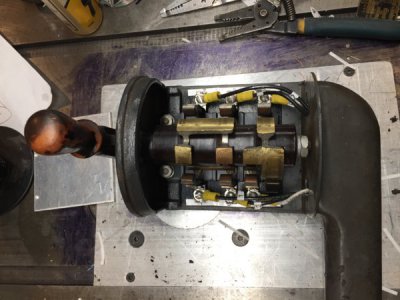
Drum Switch with crimp terminals and markers.
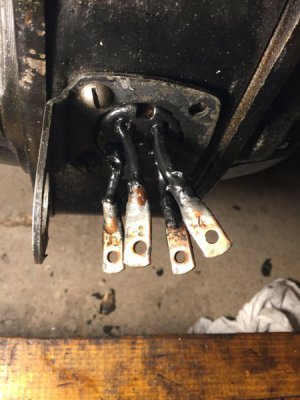
The old cloth/rubber insulation on motor leads were fraying so I coated them with "liquid electrical tape".
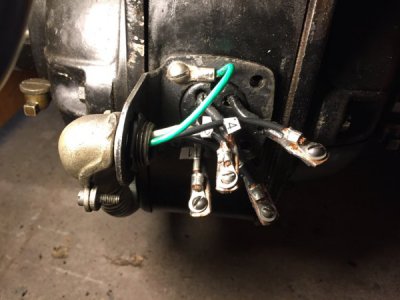
Crimp on eyelets screwed to the lugs, as per original connections.
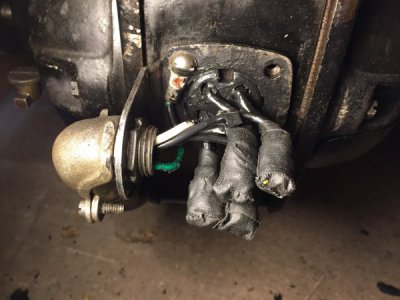
Even used some old school friction tape for the outer layer.

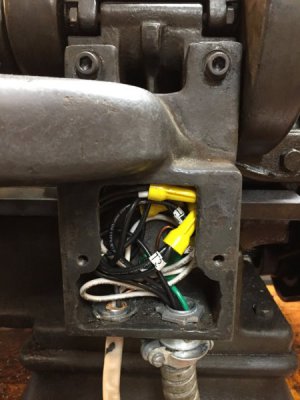
All motor, switch and line inter connections are made in the junction box.
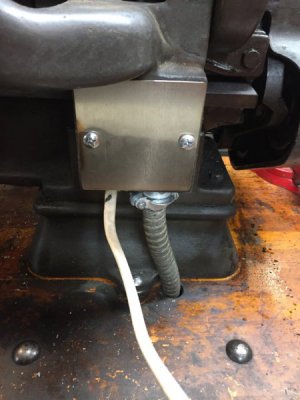
I had to make a cover for the junction box, it was a small victory for my scrap bin as the piece of stainless was the perfect size, no cutting needed, I also remember my helper rolling his eyes when I told him to save it... Ha!
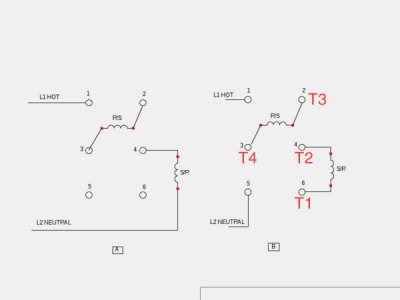
The motor leads as attached to the switch terminals.

Drum Switch with crimp terminals and markers.

The old cloth/rubber insulation on motor leads were fraying so I coated them with "liquid electrical tape".

Crimp on eyelets screwed to the lugs, as per original connections.

Even used some old school friction tape for the outer layer.


All motor, switch and line inter connections are made in the junction box.

I had to make a cover for the junction box, it was a small victory for my scrap bin as the piece of stainless was the perfect size, no cutting needed, I also remember my helper rolling his eyes when I told him to save it... Ha!

The motor leads as attached to the switch terminals.
Last edited:
